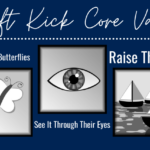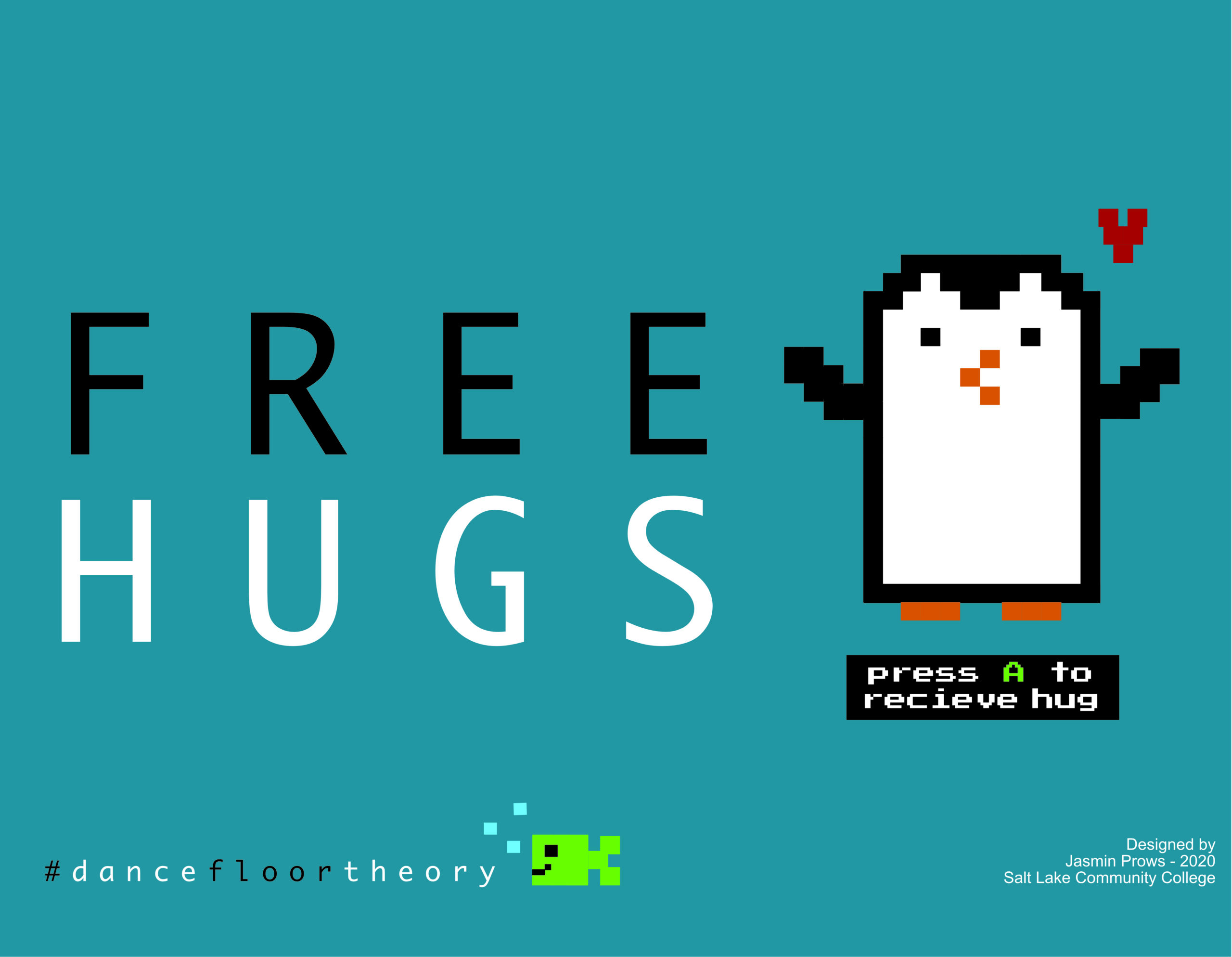(This is a cross-post from the Student Affairs Blog) “We shape our tools and then our tools shape us.” – Marshall McLuhan
You’ve probably heard the term “Web 2.0.” The idea was that the changes in how the internet worked over the last 8 years were profound enough to warrant a whole new version. While the term has come to embody a whole host of ideas, for our purposes, I’m going to focus on one main idea: the shift from one to many to many to many.
At the beginning of the web, pages were published and static. The web surfer could read or look at multimedia.
The early web was a book, magazine, or television experience, delivered via the computer. There was one publisher and many readers. It was profound because there could be many publishers which massively expanded the total content. Soon the content was searchable. It was a good start.
The expanding “Web 2.0” insight is that the web, unlike previous mass media, does not have to be one-way communication. The website does not have to just publish, it can be a conversation. Site visitors can leave comments, upload pictures, or edit the content on the website, and these new features provide a mass media experience entirely different than anything that has come before it.
The idea of allowing anyone to edit a website, enabled by a simple software tool called “wiki,” lead to the explosive growth of Wikipedia. Turns out thousands of people around the world wanted to donate their time and expertise to a repository of human knowledge. Wikipedia was the first to let them.
We are social animals, and it didn’t take long for this preference to come to the front. Comments were better if we could see the person behind them.
Pictures were more interesting with a little back story. Interacting with the content of the site quickly became interacting with the people of the site. “Social networking” sites were the logical extreme of this shift back to our foundational values.
Sites like Facebook and Twitter prioritized the human and the social – people came first, with their individual content second. Neither Facebook nor Twitter has any of their own content. People do not connect to Twitter, they connect to other people using Twitter. These sites, and many others, are successful because they skipped the publishing model entirely and went right to a connecting and aggregating model. These sites don’t produce, they collect content from the users and manage the delivery of that content through the network.
The difference between these approaches is the difference between an expert publisher, and an old-style telephone operator working the switchboard. Amazingly enough, it is now the “telephone operator” business models that are worth billions and the “expert” business models that are in trouble.
Web 1.0: The “expert” publisher
IMAGE FILE NO LONGER AVAILABLE
Web 2.0: The connector and content aggregation
IMAGE FILE NO LONGER AVAILABLE
As the competition for attention heats up, and social sites experience explosive growth, firms that have a publishing model, like the New York Times, are desperately trying to figure out how they can make their offering more social.
To make a website “social” is to add functionality that allows site visitors to actively interact with each other, to move from viewer to participant. Site owners see social features as a way to get users to stick around longer – because people are more interesting than content.
The desire to add “social” to a core function of an institution is not new to higher education. Student Unions were some of the first institutional efforts to make college more social. Students wanted to connect with each other, and, when it happened, this connection created belonging, engagement, collaboration, enhanced learning, and community. Student affairs, through student activities specifically, has long stressed providing students with opportunities to interact and socialize.
Based on the incredible investment of universities in social architecture: in quads, residence halls, and lounges, it’s ironic that most universities still do not see the internet as a cost-effective social venue, despite the countless examples online.
People want to socialize with their peers, both in-person and online.
Facebook’s massive growth rate, and continued use, within college networks, prove a profound need and opportunity was (and is) there. Universities just couldn’t see how to extend the old value and investment into connecting and learning, to the new field.
It is still a challenge. Universities are following along the same trends of the internet as a whole, with a bit of a lag. College websites are still mostly “web 1.0”: characterized by static content, controlled by a centralized office. Curriculum and learning is still centralized and controlled in learning management systems like Blackboard. Where there are discussion features in Blackboard, the content stays centralized with the class and is lost at the end of the term. Where there are blogs on university websites, they tend to be written by selected and edited “brand ambassadors” – an attempt to put a real face on a preferred message.
This year, often led by the admissions department, it has become fashionable for schools to use social media links on their sites. The thinking, however, is still mostly in the 1.0 paradigm: “follow the school on Twitter” or “become a fan of the university on Facebook.” In this paradigm, the university is still the focus, a one-to-many publisher in the center.
Based on competition and financial pressures, businesses based on publishing models are scrambling to decentralize, lower cost structures, and move their models towards connecting and aggregating. When will the paradigm shift for the University?
When will the goal of university technology efforts be to connect the students to each other, rather than connecting the students to the school?
These kinds of institutional paradigm shifts – from one to many, to many to many – won’t come from just one department. These shifts have to bubble up from many places. Do you think the university can catch up?



